As we busily prepare for the next Vacuum Tree Head show this coming Tuesday, I find myself looking back at my last show with a very different band, Manul Override earlier this month at the Make-Out Room in San Francisco. It was the subject of a recent CatSynth TV episode.
The evening began with an improvised set featuring saxophonist David Pate with keyboardist Steve Cohn.
Then it was time for Manul Override’s debut show. This was a new group I put together with my friend and collaborator Serena Toxicat on voice and former Surplus-1980 bandmate Melne on guitar.
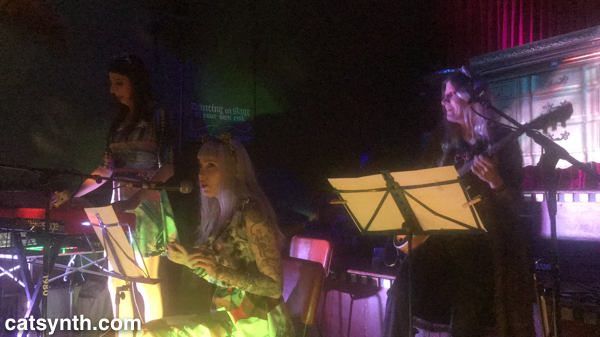
We had a lot of fun on stage, and the energy spread to the audience, with dancing and meowing all around (all of our tunes had at least some connection to cats). I was particularly happy with the opening incantation, which featured a French rendition of Serena’s ode to the goddess Bast, and our 1980s-pop-style tune “Goodnigobbles”, which also featured Serena seductively delivering lyrics and spoken words in French. Melne had a chance to show her versatility throughout the set, including our extended funky jam in the middle of the set. As with all new musical projects, this is a work in progress, figuring out what works for us and what doesn’t, and how to make each show better than the previous one. But it was also fun visually, with our fashion statements, cat ears, and Melne’s lighting.
The final set featured Ornettology, a project led by guitarist and composer Myles Boisen. As the name suggests, the group is inspired by the music of Ornette
The band delivered a truly dynamic performance that featured some of Ornette Coleman’s more familiar tunes, including “Ramblin'” and “Mob Job” There were some great solos from each of the members of the group as well. You can hear some of Philip Greenlief and Myles Boisen soloing in our video.
The last few shows I have played at the Make-Out room always have a great audience – full houses that seem to appreciate having live music, whether they came to hear the specific artists or just happened to drop by. A few in the latter category seemed to quite enjoy our Manul-Override set, signing Serena’s leg cast (she had an unfortunate accident a couple of weeks before the show) and taking selfies with us. It was a fun night of music all aroundl.

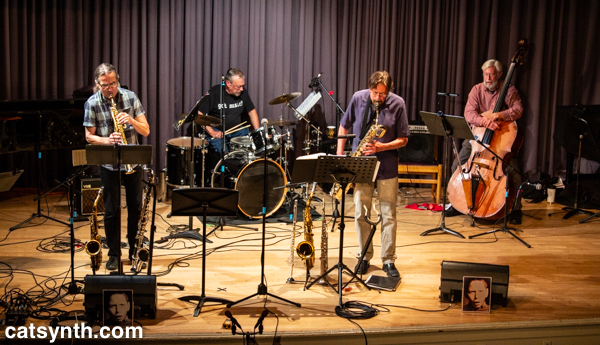
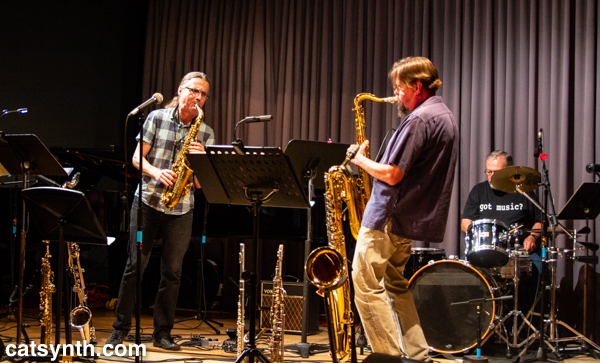
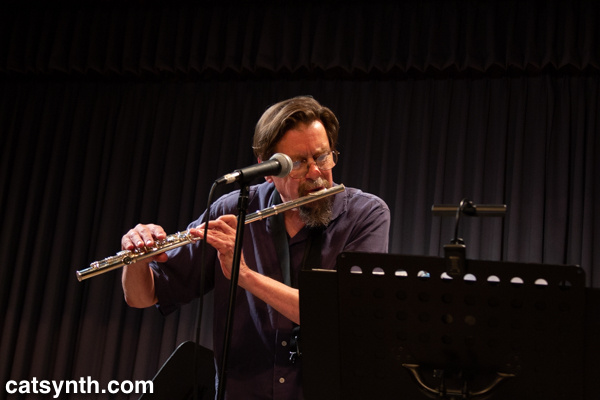
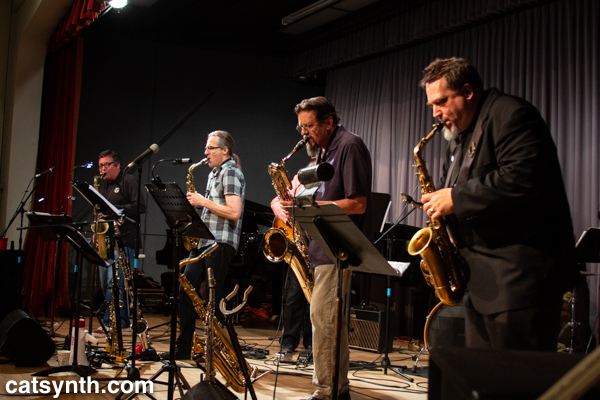
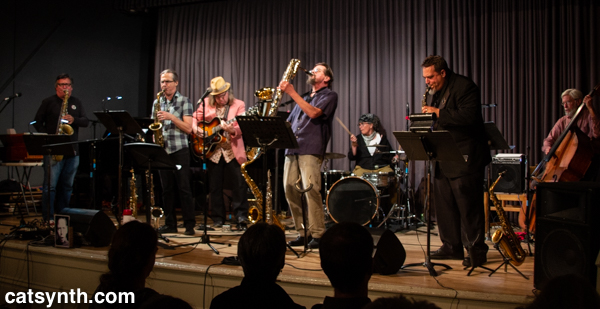
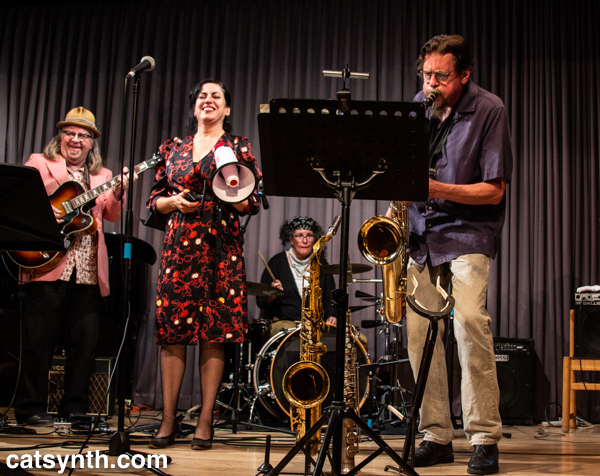













 Last Thursday, in addition the
Last Thursday, in addition the 